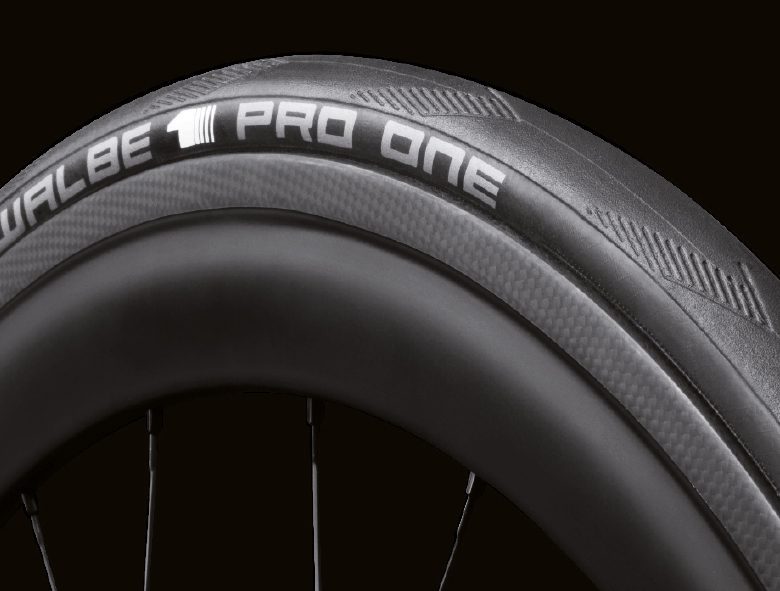What’s the scoop with tubeless tires?
The bike industry is moving towards tubeless tires. Here's why you'll have to jump on board at some point

If you haven’t already switched over to tubeless tires on your tri bike, you’ve probably heard about them. Tubeless tires have been the norm on the wheels of our cars since the 1950s. They became popular on mountain bikes first, and for about a decade they’ve been available for road bikes, too. Over the last few years, though, wheel manufacturers have really embraced the tubeless trend, and now tubeless-ready wheels are the norm. In fact, if you aren’t riding tubeless tires now, if you bought your wheels in the last few years, there’s a good chance they’re tubeless ready.
If you’re a cycling fan, you’ve likely heard that there has been some controversy brewing in the pro peloton about hookless rims and the tubeless tires used on them. We’re going to work our way to covering that story, but before we do, we figured we’d start with a primer on tubeless tires.
Tubeless explained
A tubeless tire is, well, exactly that – the tire attaches to the rim and holds the air pressure without needing a tube. Typically you put sealant into the tire which will fill any small holes. That, and the fact that you can run much lower tire pressures, means that you’re less likely to get a flat with a tubeless tire.
Pros
In addition to fewer flats, tubeless tires offer some advantages over tubed tires:
Faster – the reason you’re seeing pros (both triathletes and cyclists) switch to tubeless tires is that they are faster. Because of the way the tires connect to the rims, they are more aerodynamic (especially true with hookless rims – we’ll talk about that in the next part of this series) and also have less rolling resistance. (Getting rid of the inner tube decreases friction within the tire.)
Lower pressures – tubeless tires are typically wider and run at much lower pressure than those using an inner tube. This gives you better traction and a more comfortable ride.
Lighter – Since you’re skipping the tube, you’re dropping about 90 g of weight.
Cons
Price – you’ll need to invest in tubeless-ready wheels. Tubeless tires are typically more expensive, too. You’ll also likely need to have a mechanic install them for you – especially if this is your first time trying them out.
Installation – in addition to being a new skill to learn, some tubeless tires require a lot of force to get seated on the rim – sometimes you’ll need a compressor to get them on. (These days, most tires can be mounted with a high-pressure foot pump.)
Messy – installing the sealant can be a messy process, but things get really messy if you get a rip in your tire. If you do get a whole too big for the sealant to plug, you can use a tube to get yourself back on the road, but the leaking sealant will be a mess.
Time consuming to fix a flat – when it comes to a quick change if you get a flat in a race … well, that’s not likely to happen. The tires tend to be really tough to get off, and then there’s that mess we mentioned earlier, too.
Hunt launches lightweight aero SUB50 Limitless aero wheel set
The bottom line
As we mentioned earlier, tubeless appears to be the future for the bike industry, especially now that we’re seeing hookless rims become a mainstay in wheel manufacturing. (That’s the next story in our series!) The technology has come a long way in just the last few years, so it’s easy to imagine that it will only get easier to install and maintain tubeless tires in the future.
If you’re in the hunt for some new wheels or a new bike, you’ll be wise to ensure that everything is at least tubeless ready.
